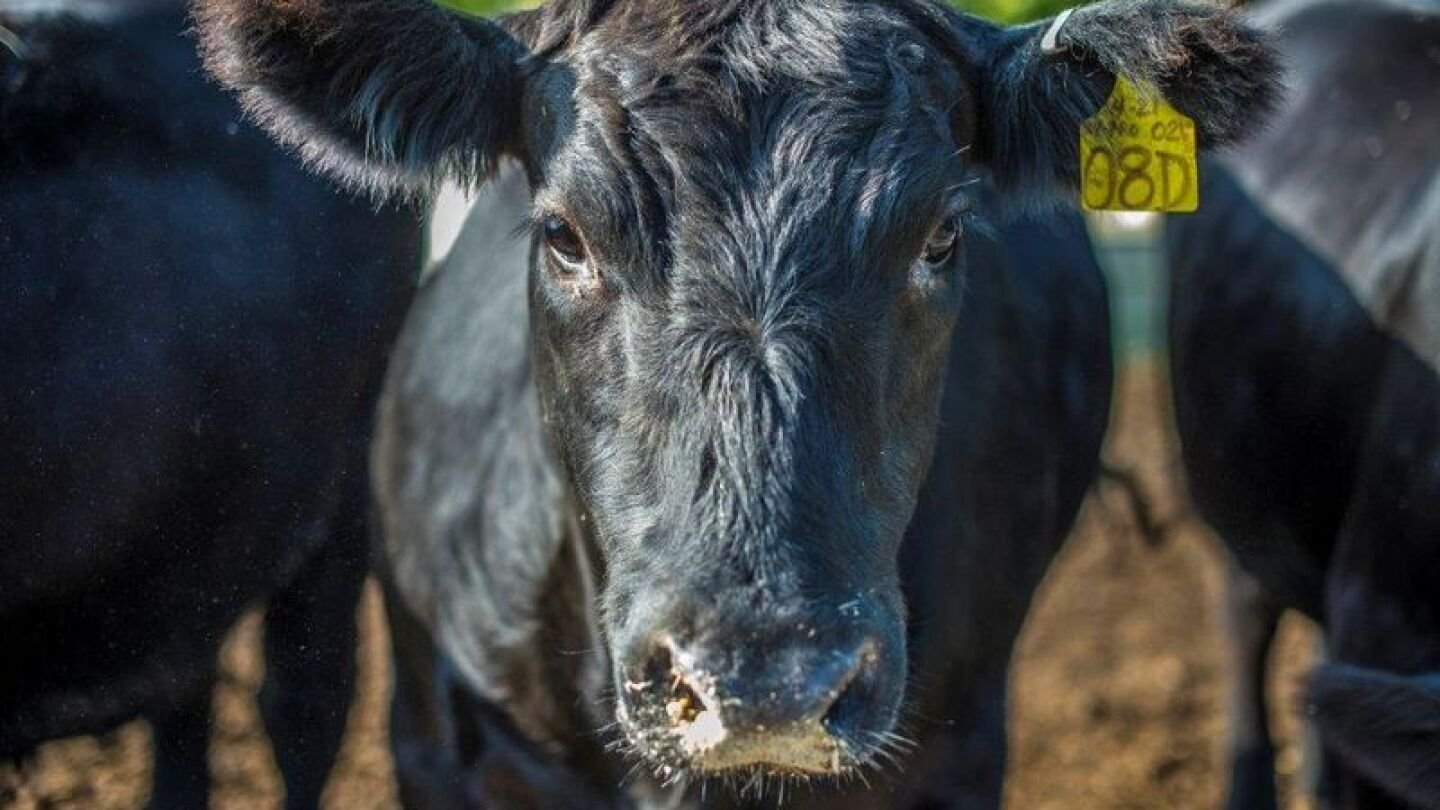Less than a year after USDA’s National Agricultural Statistics Service (NASS) announced it was nixing a major cattle inventory report, the agency now says it’s bringing it back. USDA-NASS announced on Wednesday the July Cattle Inventory report will be reinstated this year, which will provide a mid-year check of the size of the U.S. cattle herd at a time when supplies are critically low.
In April 2024 NASS broke the news that due to budget cuts in the appropriations bill, the agency was forced to discontinue several reports. One of those was the July Cattle Inventory report. And at a time when cattle supplies were historically tight, that announcement drew intense criticism from market analysts.
“We recognize the importance of these critical data releases and made it a priority to find a way to restore them,” Lance Honig, who’s the Chair of the Agricultural Statistics Board for USDA-NASS, told Farm Journal after the announcement on Wednesday. “All data are important, but the current situation in the cattle industry makes the mid-year inventory update that the July Cattle report provides invaluable.”
There was a hint that the mid-year cattle report would make a comeback when USDA-NASS released the January Cattle Inventory report earlier this year. The report was released as a biannual report, but NASS wasn’t able to confirm that the July report would indeed be back this year.
“NASS has been working hard all year to make these reinstatements possible, but waited to finalize and publicize plans until the full year budget was known and it was clear that we would be able to deliver,” Honig told Farm Journal.
Not only is NASS reinstating the mid-year cattle inventory report, but NASS says it’s also bringing back the following reports, with the scheduled release dates:
- County Estimates – corn, sorghum, soybeans: May 6
- County Estimates – cotton: May 12
- County Estimates – cattle: May 13
- County Estimates – rice, peanuts: May 23
- July Cattle: July 25
The cattle inventory announcement is welcome news as cattle market watchers try to grasp any data available for signs of possible rebuilding in the U.S. cattle herd.
In January, shrinking cattle supplies continued to be the story as USDA’s annual Cattle Inventory Report showed the U.S. cattle inventory shrunk another 1% over the previous year, now at 86.7 million head. The U.S. beef cattle herd hit a 64-year low at 27.9 million head.
Other highlights within the January Cattle report included:
- Of the 86.7 million head inventory of all cattle and calves, cows and heifers that have calved totaled 37.2 million.
- The number of milk cows in the U.S. increased slightly to 9.35 million.
- The U.S. calf crop was estimated at 33.5 million head, down slightly from the previous year.
- USDA-NASS says the number of cattle on feed was at 14.3 million head, down 1% from 2024
“The next takeaway is that we have not started rebuilding the breeding herd,” said Arlan Suderman, with StoneX Group, said after the January report. “As such, perhaps we will have a little higher numbers over the next half year or so, but then things get tighter, and more significantly tighter once we actually do start holding back heifers.”
Economists and market analysts knew the cattle herd was still shrinking, even before the report was released in January, but economists say there are some signs starting to signal that is slowing down.
“We certainly got smaller in 2024. That was actually kind of obvious about a year ago when you looked at heifer numbers,” said Derrell Peel, Oklahoma State University Extension livestock specialist. “If you look at the heifer numbers in this report, we don’t have a lot. And so we’re going to be challenged going forward to stop this liquidation. I think we might stabilize numbers this year, but I think growth is pretty much a long shot at this point.”
Casey Mabry, with Blue Reef Agri-Marketing, said there actually was a surprise in the January cattle inventory report, and that wasn’t with heifer numbers.
“The biggest surprise to me was really looking at the total calf crop report, because we’re looking at the total cow inventory numbers. I think that probably caught some people off guard, having the calf crop a little bit bigger than what most people’s expectations were,” said Mabry.
USDA’s next look at cattle supplies will now happen with the July Cattle Inventory Report, which is scheduled to be released July 25, 2025.
Your Next Read: Buckle Up: Here’s Why Cattle Prices Are Setting Up for Another Wild Ride in 2025







